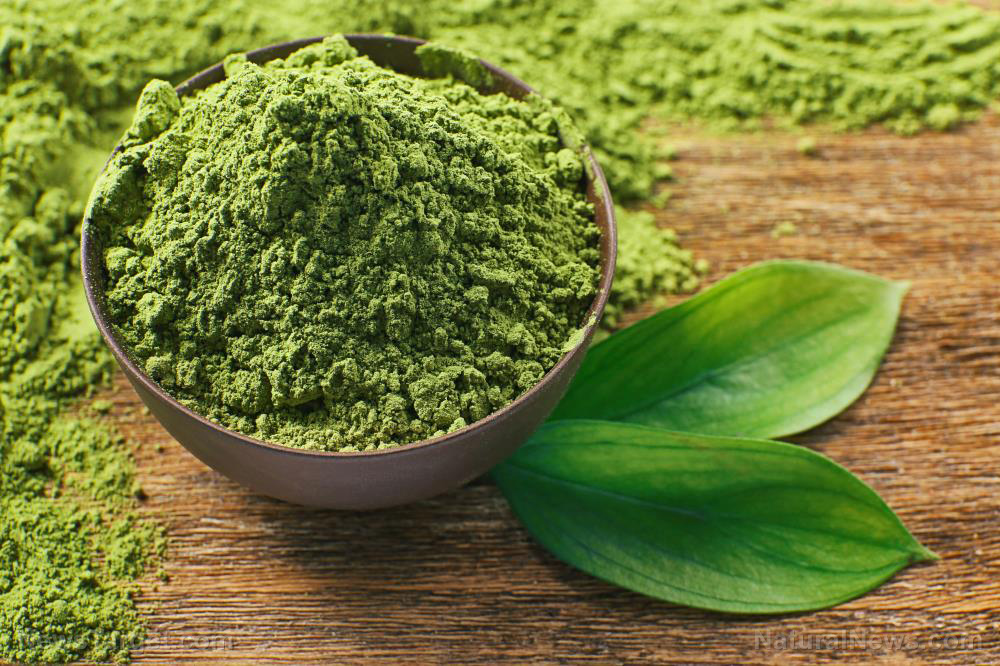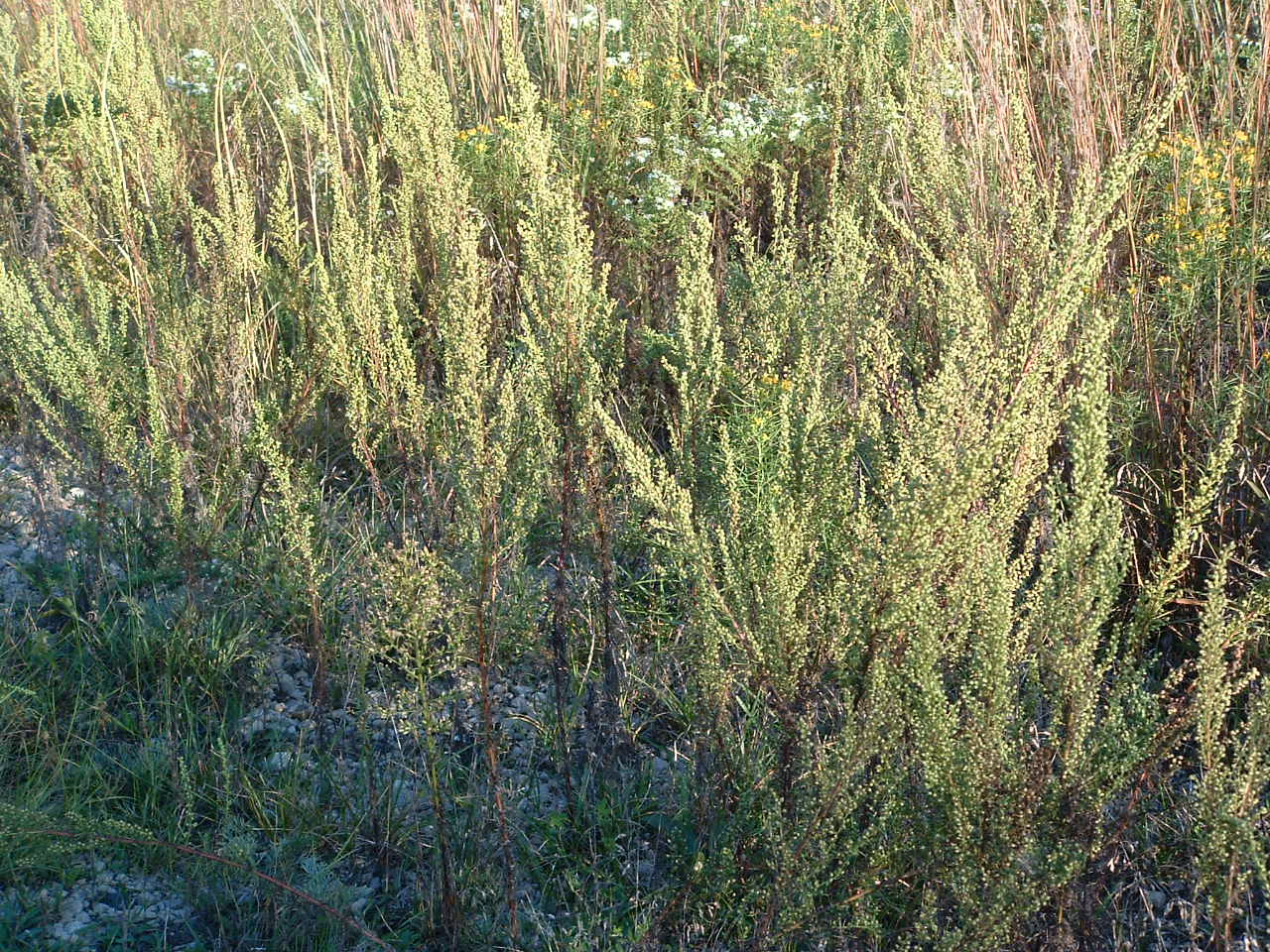Tannins from the miracle tree, a hybrid of the mimosa tree, found to be an effective treatment for many chronic diseases, including cancer
04/01/2018 / By Frances Bloomfield

Though it’s known as the “miracle tree,” Leucaena leucocephala hybrid-Rendang is sadly underutilized. This Malaysian amalgam was created by crossing L. leucocephala with L. diversifolia, two plants known for their poor digestibility but impressive condensed tannin content.
Also known as proanthocyanidins, condensed tannins are known for their wide array of health benefits. These range from acting as antioxidant agents to lowering inflammation to protecting the cardiovascular system. With that in mind, researchers from Universiti Putra Malaysia tested and analyzed the condensed tannins of L. leucocephala hybrid-Rendang to evaluate their health benefits.
They began by extracting, collecting, then isolating condensed tannins from fresh L. leucocephala hybrid-Rendang leaves. Once they gathered the appropriate materials, the researchers determined the total phenolic content before moving on to the numerous experiments.
Gauging the antioxidant activity of the condensed tannins was accomplished through three assays: Ferric reducing antioxidant power (FRAP) assay, 2,2-diphenyl-1-picrylhydrazyl (DPPH) assay, and 2,2′-azino-bis(3-ethylbenzothiazoline-6-sulphonic acid) (ABTS) assay. Trolox, a water-soluble vitamin E analog, served as the control. The antimicrobial activity was verified through exposure to a diverse range of bacteria strains, yeast, and fungi. As for the cytotoxic properties, the researchers utilized the MTT assay and numerous cell lines from the most common cancers in Malaysia.
Examining the results yielded surprising findings. The condensed tannins showed the most considerable antioxidant activity in the FRAP assay. The FRAP assay is intended to demonstrate the antioxidant potential of a substance by reducing ferric iron to ferrous iron. Compared to Trolox, the reducing antioxidant power activity was much greater at concentrations of 100 microgram per milliliter (?g/ml). At smaller concentrations, the reducing antioxidant power activities was equal between the two substances.
The antimicrobial tests revealed that the condensed tannins were most potent towards Staphylococcus epidermidis, a Gram-positive, antibiotic-resistant bacterium that causes biofilm to grow on surgical implants. The fungi appeared to be resistant to condensed tannins, while the yeast showed no indication of inhibitory activity. However, based on what they observed, the researchers stated the condensed tannins could be utilized in the production of antibiotics for infectious skin diseases.
Finally, condensed tannins appeared to be the most cytotoxic towards human breast adenocarcinoma or breast cancer. When the researchers looked at the morphology of the treated cancer cells, they saw cellular changes that pointed towards the occurrence of apoptosis, or programmed cell death. Unlike antioxidants which prevent cancer, cytotoxic agents help combat this disease by damaging and eliminating cancerous cells. (Related: TCM medicines confirmed to accelerate cell death of breast cancer tumors.)
In the conclusion of their study, the researchers took note of the potential applications for L. leucocephala hybrid-Rendang condensed tannins. Its free radical-scavenging abilities would make it ideal as a therapeutic agent for treating diseases related to oxidative stress, and as the basis for new pharmaceuticals. Moreover, these substances could also be used as antimicrobial and cytotoxic agents. The biomedical applications of the condensed tannins are yet to be explored in full, thus necessitating a more thorough investigation with a suitable experiment model.
Visit Naturopathy.news for more studies and news articles about natural remedies and medicinal alternatives.
Sources include:
Tagged Under:



















